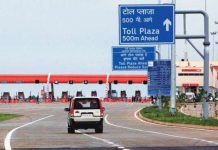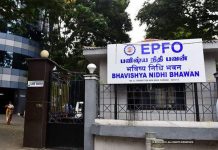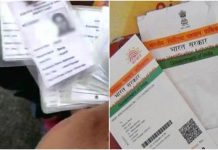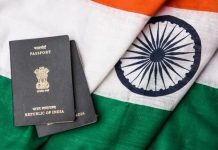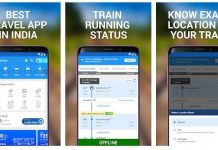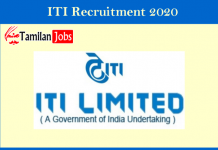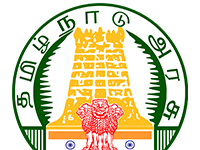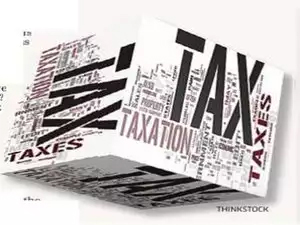
Leave Travel Allowance (LTA) forms a part of an employee’s total CTC (cost-to-company). Also known as Leave Travel Concession, an employee can claim exemption under section 10(5) of the Income Tax Act, 1961, for expenses incurred for travelling when on leave anywhere in the country.
Here, the amount you can claim as LTA, i.e., the money spent during the travel when on leave, is equal to the employee’s LTA portion. Further, the LTA amount is exempted and is not added to one’s income for the year for calculation of tax.
However, the employee is not entitled to this benefit in every year. LTA exemption is available for 2 journeys in a block of 4 years. The block applicable for the current period is calendar years 2018-21. The previous block was calendar years 2014-2017.
Why 2018 is important for LTA claim
If you as an employee have not availed exemption in the previous decade, there’s still a hope. If an employee has not availed of LTA for one or two permitted journeys in a particular block of 4 years, then he is entitled to carry one journey over to the next block.
In such a situation, the exemption will be available for 3 journeys in the next block. However, to make use of this benefit, the exemption with respect to the journey has to be utilised in the first calendar year of the next block.
In other words, in case of a carry over, the exemption is available with respect to 3 journeys in a block, provided the exemption with respect to at least 1 journey is claimed in the first year of the next block. It means the carry forward (from previous block) can be availed only in this calendar year, i.e., 2018.
Let us look at the process of claiming the tax benefit on LTA from one’s employer.
How to claim LTA
Make sure that the days you are claiming the LTA for are marked as ‘leave’. To avail of the tax break, the employee has to furnish documentary evidence of the travel to the employer. It is better to send the documentary evidence immediately after rejoining. Most employers would ask for supporting documents along with actual declaration in the month of January together with Form 12BB.
In order to deduct the correct TDS, the employer asks for certain information such as deductible investment, and expenses made by the employee during the year. Form 12BB is such a statement showing particulars of claims by an employee for deduction of tax under Section 192.
In case you don’t travel at all or you don’t submit the travel bills, the LTA amount gets paid as part of the employee’s salary after tax deduction as per the applicable income slab. The LTA tax break is in the nature of a reimbursement which is not taxed, therefore, it is with respect to the actual expenditure on fare. Hence, if you have not travelled anywhere, no tax break is available.
Before availing the tax benefit, there are, however, certain other important conditions attached to it.
Who all are included?
The LTA tax break can be claimed for travel of self and family members for journeys undertaken within India.
Family includes spouse and children, whether dependent or not, and parents, brothers, sisters who are fully or mainly dependent on you. LTA tax break is not available for more than 2 children if born after October 1, 1998. This restriction does not apply to children born before this date.
What all expenses are included?
The non-taxable reimbursement of travel costs is limited to the actual expenses incurred on air, rail and bus fares only. No other expenses, like local conveyance, sightseeing, etc., qualify for the tax break.
Air travel: The LTA amount for which tax break can be claimed in case of air travel is the lower of the economy class fare of the national carrier by the shortest route or the actual amount spent, whichever is less.
Train journey : The LTA amount eligible for tax break here is the lower of the air-conditioned first class fare by the shortest route or the actual amount spent. The same rule applies to the journey undertaken by any other mode, such as a private taxi, and the place of origin and destination are connected by rail.
Other travel modes : Sometimes the place of origin and destination are not connected by rail or even by air, and the journey has to be undertaken by some other mode of transport. In such a case, the LTA tax break will be available if:
(a) Recognised public transport exists: The exemption will be lower of first class or deluxe class fare by the shortest route or the actual amount spent.
(b) No recognised public transport exists: The exemption will be lower of the air-conditioned first class rail fare by the shortest route (if the journey has been undertaken by rail) or the actual amount spent
Multi-destination journey
Travelling isn’t necessarily from one place to another. One may travel to different locations on a single trip. Where the journey is performed in a circular form touching different places, the LTA tax break is limited to what is admissible for the journey from the place of origin to the farthest point reached by the shortest route.
Conclusion
Even though the rules set by Income-tax Department are crystal clear, the accounts department of several organisations may follow their own set of guidelines. Therefore, before availing of any such exemption, it’s better to get clarity, well in advance.

